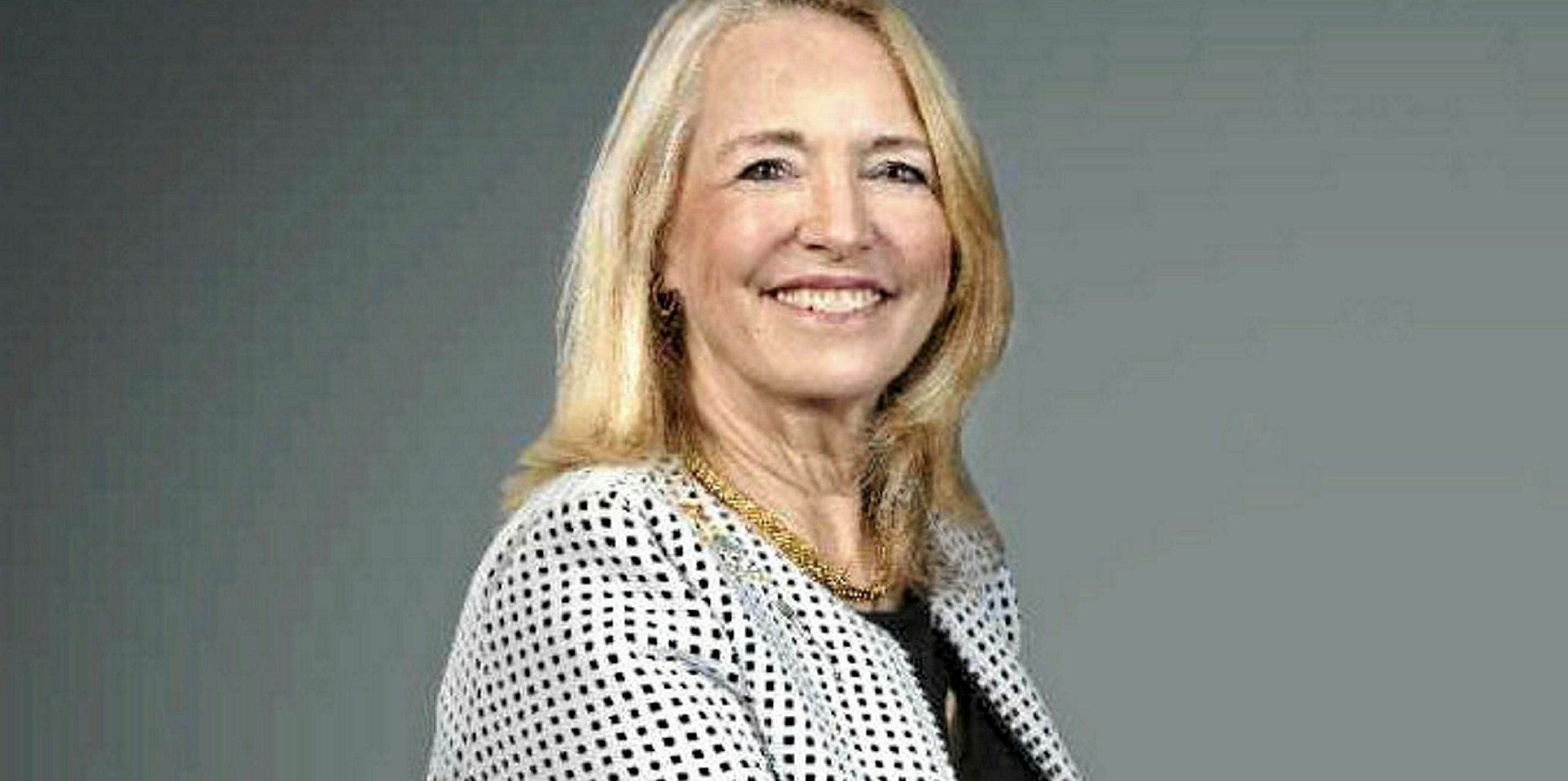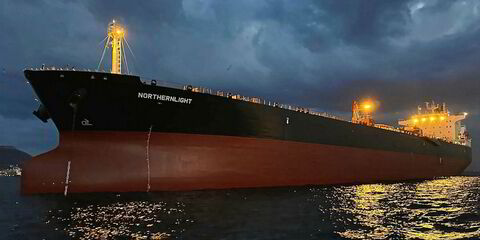Loud strains of the “Hallelujah Chorus” could be heard in London and around the world two weeks ago as a deal on greenhouse gases (GHGs) was agreed on at the IMO. Although you can never make everyone happy, consensus was achieved to halve shipping’s CO2 emissions from 2008 levels by 2050, begin reductions as soon as possible and work towards decarbonisation.
Bringing shipping into better alignment with the Paris climate accord, the initial strategy includes strengthening the energy efficiency design index requirements for new vessels and reducing shipping's carbon intensity — the amount of CO2 emitted for each unit of transport work completed.
This agreement was critical for shipping because it has been in the spotlight for being the “odd man out”. Shipping was the last industry to be operating outside of the Paris Agreement, and entities such as the European Union and others were rattling their sabres and gnashing their teeth, eager to come after us. Fortunately, consensus was achieved, and we can get down to the business of developing strategies to make it happen.
Shipowners are making decisions today about assets that will be sailing into uncharted waters. Although no specific regulations have been set for a reduction of GHGs, they will be coming down that channel during the lifetime of these assets. Ship design will be critical, as will a carefully considered strategy for meeting these unknown regulations.
At this point, I don’t see one clear pathway that provides what the industry needs: a balance between commerce and conservation. We are just coming out of the worst shipping recession since 1845 (thank you, Martin Stopford). Balance sheets are still recovering, consolidations still occurring, and the finance sector still hesitates to invest in technologies.
Such profound change hasn’t occurred to this extent since the transition from sail to steam
I recently asked a banker who was touting his organisation's commitment to “green shipping” if it would finance equipment, such as scrubbers, that support compliance with pending sulphur regulations. He said no, as they can arrest ships but they can’t arrest scrubbers. But with all the “smart” technology out there, it seems to me that one missed payment could prompt a shutdown of the equipment, encouraging the owner to pay up. Just a thought.
How is shipping going to continue to supply the world with goods and energy while investing in wholesale change?
As an industry, we need to develop collaborations to leverage the limited resources available for development of strategies for mitigating emissions through fleet optimisation and innovation. While we can look at terrestrial applications for guidance, shipping presents its own set of challenges — and opportunities.
We have learnt, through oily water separators and ballast water treatment systems, that you can’t just take a land-based technology and put it on a vessel. We need to have a full understanding of where the ship trades and what support is needed, as well as training.
We are experiencing a time of profound change, which hasn’t occurred to this extent since the transition from sail to steam. Instead of effecting this change over the course of 40 years, however, it is occurring within 10 years.
Some observers say we could build a carbon-free commercial ship by 2025; some say decarbonisation is not feasible by 2050. No matter what, we are on the pathway towards 2050 together, and it begins today.
Carleen Lyden Walker is co-founder and executive director of the North American Marine Protection Association, IMO maritime ambassador and chief evolution officer of SHIPPINGInsight



